WASHINGTON, D.C. — For the first time in two years, the number of people experiencing homelessness across the D.C., Maryland, and Virginia region has declined—if only slightly. The change is modest, but for advocates, officials, and those directly affected, it represents a step in the right direction.
According to the Metropolitan Washington Council of Governments (COG), the annual Point-in-Time (PIT) count conducted this January identified 9,659 people experiencing homelessness across the region. That’s 115 fewer individuals than last year—a 1% decrease.
Some Jurisdictions See Encouraging Drops
The most significant improvement came from Washington, D.C., where the number of unhoused individuals fell from 5,616 in 2024 to 5,138 in 2025—a drop of 478 people, or 9%. Loudoun County, Virginia, also made substantial progress, reducing its homeless population by 17%.
Other areas, however, experienced increases. Montgomery County, Maryland, saw a sharp rise in homelessness, with 1,510 people counted in 2025, up from 1,144 the year before—a 32% spike. Prince William County and Fairfax County, Virginia, also recorded increases, reflecting the uneven nature of the region’s homelessness crisis.
Breakdown by Jurisdiction
| Location | 2024 Count | 2025 Count | Change |
|---|---|---|---|
| Washington, D.C. | 5,616 | 5,138 | ▼ 478 (-9%) |
| Montgomery County, MD | 1,144 | 1,510 | ▲ 366 (+32%) |
| Fairfax County, VA | 1,278 | 1,322 | ▲ 44 (+3%) |
| Prince William County, VA | 345 | 392 | ▲ 47 (+14%) |
| Arlington County, VA | 243 | 271 | ▲ 28 (+12%) |
| Alexandria, VA | 187 | 166 | ▼ 21 (-11%) |
| Loudoun County, VA | 303 | 252 | ▼ 51 (-17%) |
| Prince George’s County, MD | 658 | 608 | ▼ 50 (-8%) |
| Regional Total | 9,774 | 9,659 | ▼ 115 (-1%) |
Why These Numbers Matter
The Point-in-Time count provides a critical, one-night snapshot of the homeless population, including individuals in shelters, transitional housing, and unsheltered locations such as parks, cars, tents, and alleys. While it’s not a complete picture, it helps policymakers and service providers track trends and allocate resources more effectively.
Though this year’s total is lower than 2024, it’s important to note that homelessness in the region is still 19% higher than in 2021. The COVID-19 pandemic had a deep impact on housing stability, but eviction moratoriums, emergency aid, and expanded housing programs helped soften the blow. Those supports are now fading, and many vulnerable individuals remain at risk.
Positive Growth in Permanent Housing Solutions
Despite ongoing challenges, there is a silver lining. The number of people placed in permanent housing programs—including rapid re-housing and supportive housing—has increased by 37% since 2021. In fact, the region now houses three times more people in permanent housing programs than are currently experiencing homelessness.
This shift reflects a growing emphasis on long-term solutions over temporary fixes. These programs don’t just offer a place to sleep—they provide case management, mental health support, and help finding jobs, education, or medical care.
How You Can Help Make a Difference
Even with these gains, thousands of people remain without stable housing in the DMV area. Fortunately, there are many ways residents can get involved and contribute to ongoing efforts:
1. Donate to Local Organizations
Groups like Friendship Place, Miriam’s Kitchen, Pathways to Housing DC, and Community of Hope provide essential services like meals, shelter, medical care, and case management.
2. Volunteer Your Time
From serving food at shelters to helping with resume writing or job training, volunteers play a vital role in lifting people out of homelessness.
3. Advocate for Affordable Housing
Call or email your local leaders and demand increased investment in affordable, accessible housing. Public support can influence policies that prioritize permanent solutions.
4. Educate Yourself and Others
Combat harmful stereotypes by using people-first language (“people experiencing homelessness”) and sharing facts about the structural causes—such as lack of affordable housing, healthcare, and livable wages.
5. Carry Care Kits
Consider keeping small care kits in your car with socks, snacks, hygiene items, and bottled water. A small gesture can provide comfort and dignity to someone in need.
A Long Road Ahead
The Council of Governments’ latest report is both a cause for hope and a sobering reminder of the ongoing work ahead. While some jurisdictions are making progress, others are still struggling. Ultimately, ending homelessness requires sustained investment, political will, and community compassion.
As the report highlights, this crisis can’t be solved by just placing people in temporary shelters. True progress means ensuring people not only get off the streets—but that they stay housed with the support and stability they need.
Housing is not just a commodity—it’s a human right.

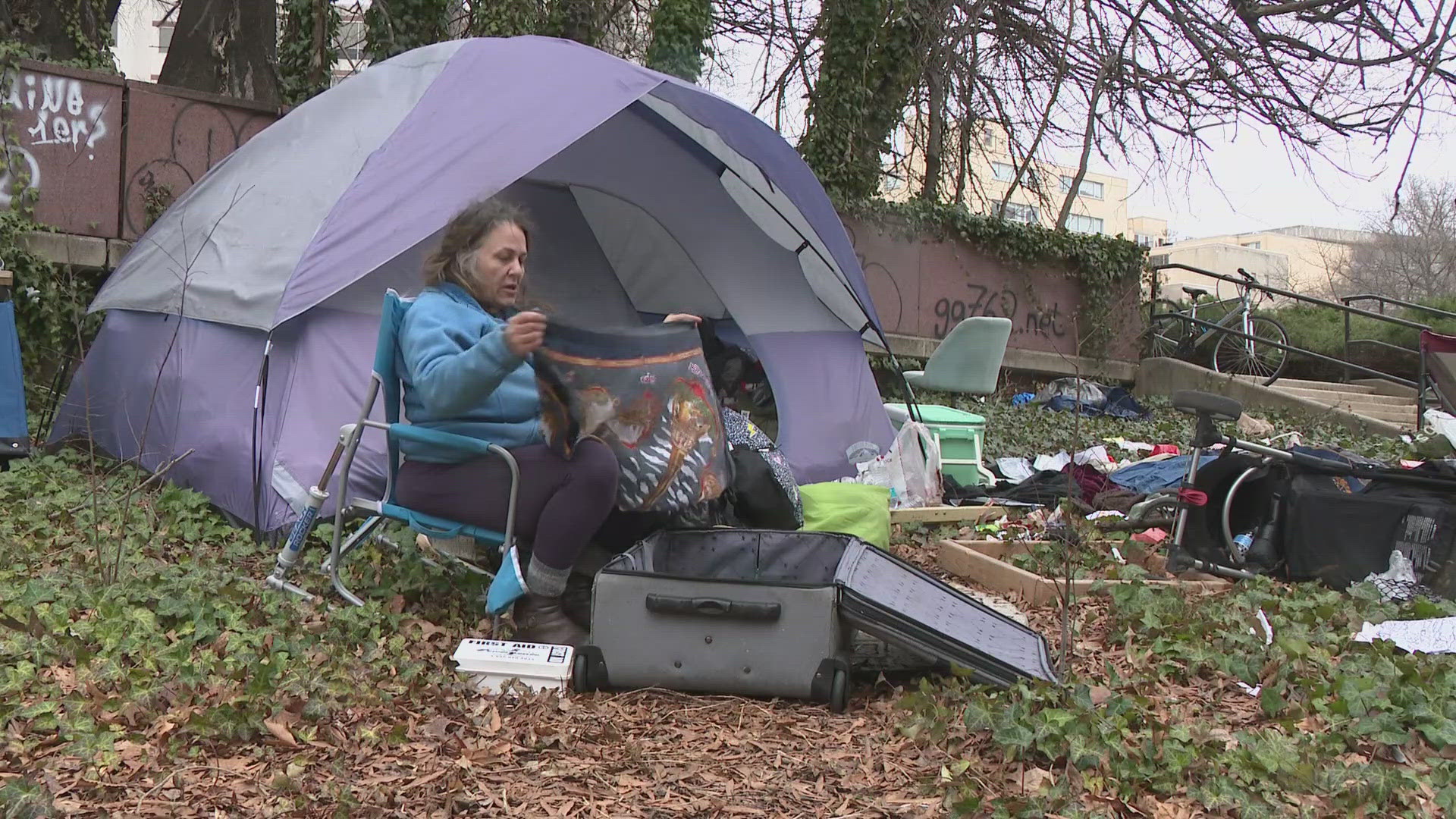




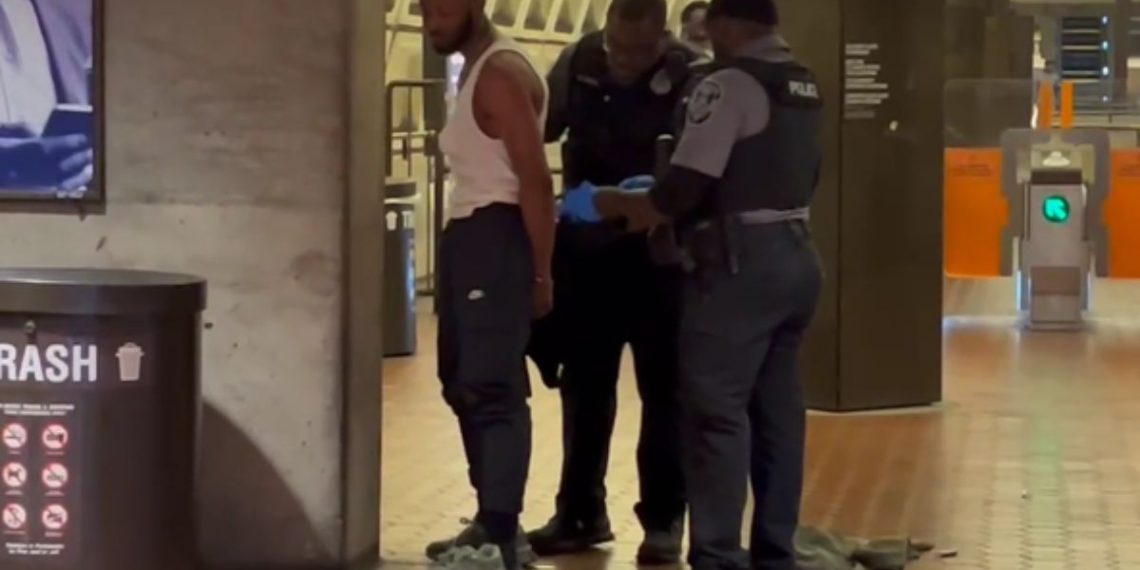
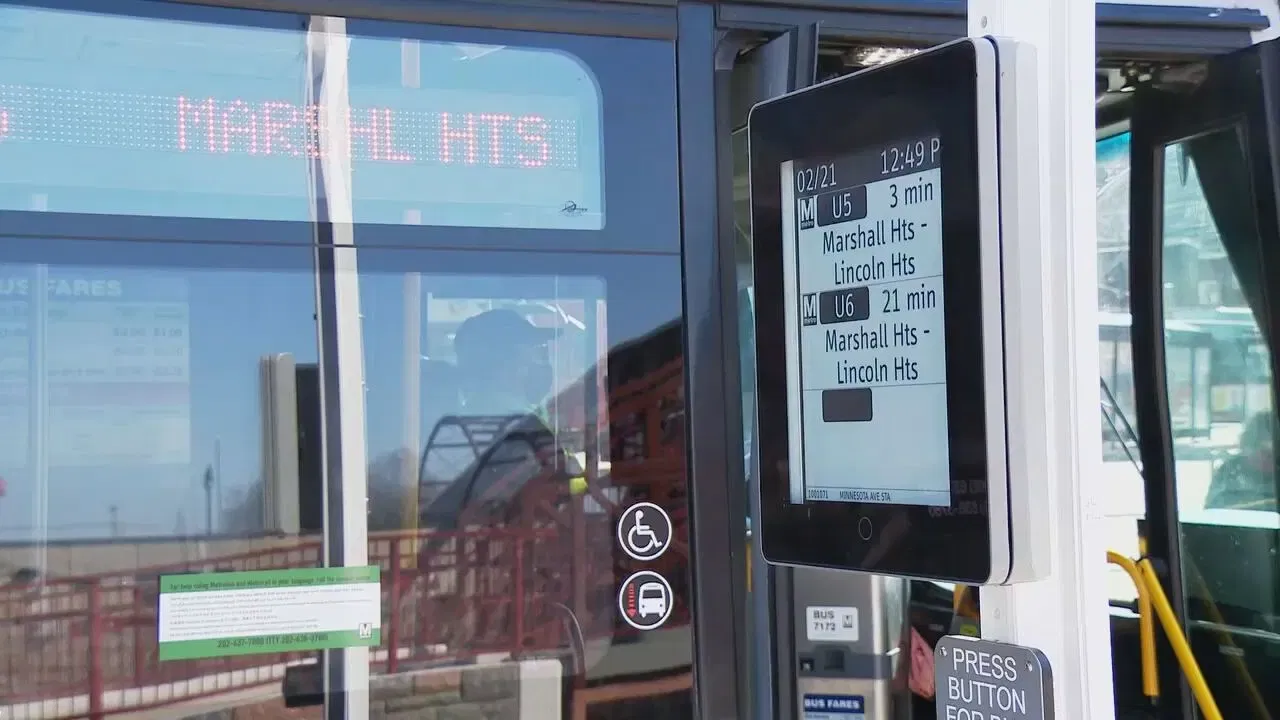

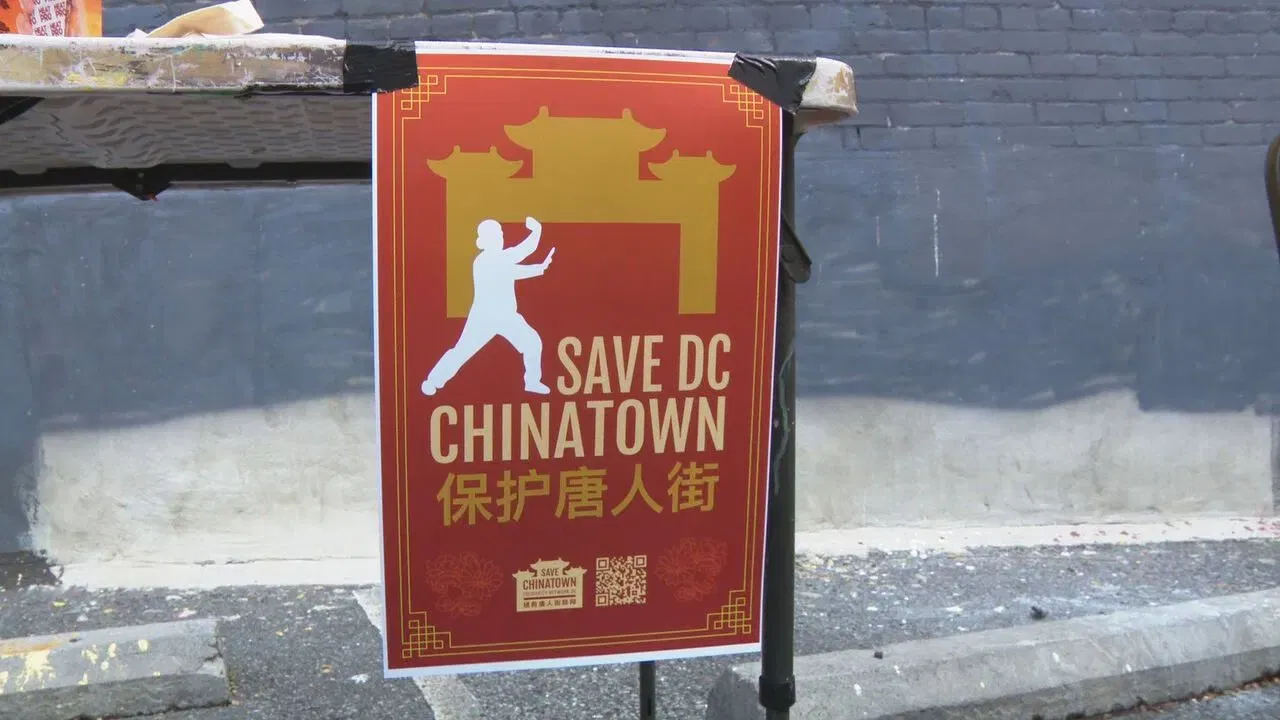
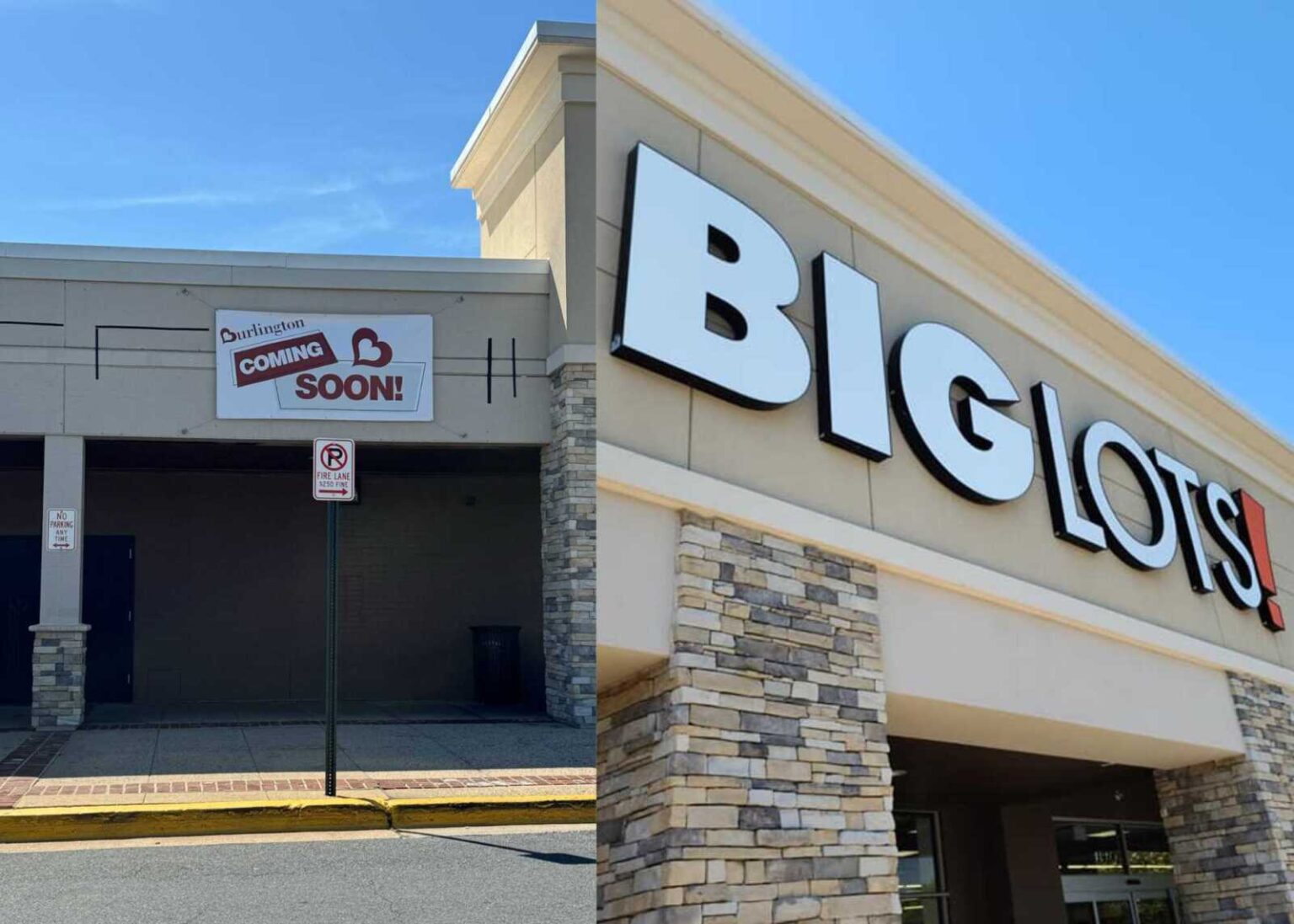


Leave a Reply